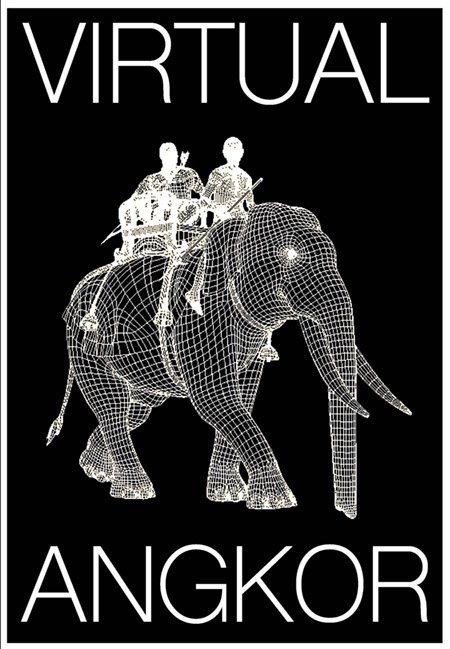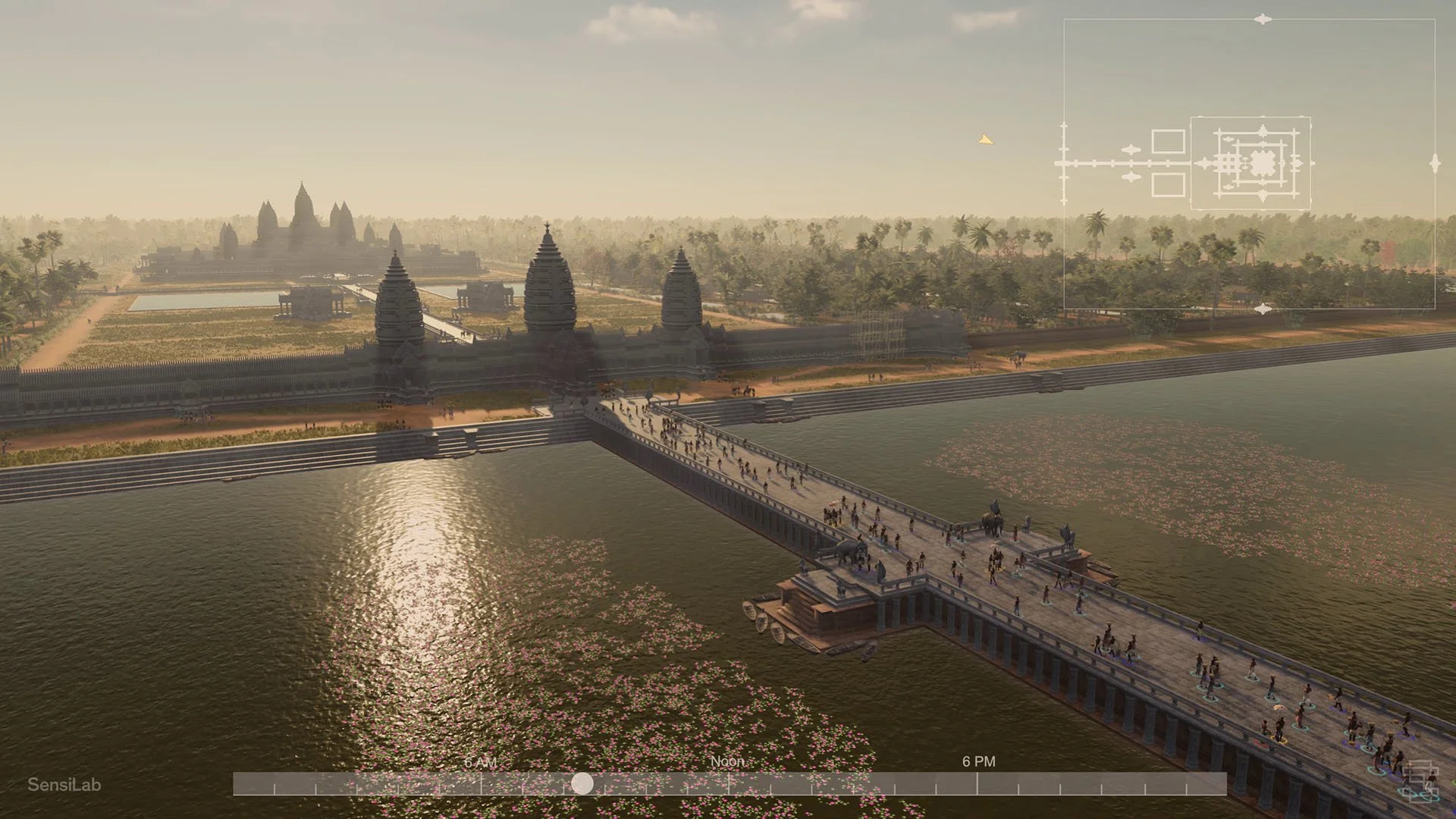About
In the decade since it commenced, the Virtual Angkor project has evolved organically to encompass new technologies and approaches in an effort to present a comprehensive reconstruction of the city and its inhabitants. Virtual Angkor is a collaboration between archaeologists, historians and Virtual History specialists based in Australia, Cambodia and the United States. The project received the American Historical Association’s Roy Rosenzweig Prize for Innovation in Digital History in 2019, the 2021 Digital Humanities and Multimedia Studies Prize from the Medieval Academy of America and a Gold Medal from the QS-Wharton Reimagine Education Awards in 2021.
History
Dr. Adam Clulow, University of Texas at Austin
Dr. Bernard Keo, Geneva Graduate Institute
Dr. Cindy A. Nguyen, University of California, Los Angeles
Archaeology
Dr. Martin Polkinghorne, Flinders University
Dr. Piphal Heng, University of California, Los Angeles
Virtual Heritage
Dr. Tom Chandler, Monash University
Chandara Ung, Monash University
Mike Yeates, Monash University
Brent McKee, Monash University
Chulsa Heng, Lastmile Works
Affiliated Faculty (Teaching)
Samuel Horewood, Duke University
Praise for the Project
American Historical Association’s Roy Rosenzweig Prize for Innovation in Digital History in 2019
The Virtual Angkor project allows visitors to experience the Cambodian metropolis at its height during the 13th century via immersive virtual reality and 360-degree videos. The richly detailed 3D models and animated populations rival commercial videogaming technology but are situated within a rigorous historical context. With a visual, aural, and embodied argument that moves beyond textual exposition, the project showcases different ways of producing, presenting, and teaching history.
2021 Digital Humanities and Multimedia Studies Prize from the Medieval Academy of America
The Medieval Academy is delighted to announce that Virtual Angkor is the recipient of the 2021 award for Digital Humanities in Medieval Studies. The award committee regards Virtual Angkor as representing the best of digital medieval studies in a variety of ways. The project recreates the sprawling Cambodian metropolis using archaeological and textual sources to visualize a twenty-four hour cycle from the thirteenth century. By choosing to create an immersive simulation of Angkor Wat, the developers, led by principal investigators Adam Clulow and Tom Chandler, have embraced the notion of the global middle ages in a very concrete way, supporting the Academy’s mission to broaden our understanding of what is medieval.
Angkor Wat, a site of profound cultural significance, religious complexity and architectural grandeur, was long regarded as outside the purview of medieval studies. Through Virtual Angkor this critically important site is now readily accessible to teachers and scholars worldwide. Its methodology highlights the importance of collaborative, interdisciplinary investigations as the project integrates the research of a variety of disciplines in its creation of an immersive visual and aural experience. The project deftly positions Angkor Wat as part of a larger, interconnected world as it enables a fuller investigation of this medieval complex through its holistic analysis of trade, diplomacy, climate, political power and the sense of place.
Invaluable as a teaching tool, Virtual Angkor is also a source upon which traditional humanities research can be constructed through its use of primary sources, archaeological findings and architectural analysis. In addition, Virtual Angkor is a pleasure to use. Navigation through the site is straightforward with no specialized knowledge required to access it. It also meets basic sustainability requirements assuring users that it will continue to be accessible. The panoramic 3D video program is accessible from any computer while a virtual reality option is also available using commercially available VR headsets.
Finally, we would be remiss if we did not also commend Virtual Angkor for the extremely high quality of its visualizations. Quite simply, the site is visually stunning using 3-D models that were, in the developers’ words, “handmade” as they were crafted with reference to architectural drawings and photographic archives as well as with scans of artefacts from Angkor Wat. The animation is graceful and lifelike as the human characters are described as having been captured with a “wide range of animation cycles, many of them motion captured, that enable them to exhibit complex behavior in the simulations.” Virtual Angkor represents a compelling and outstanding example of a digital project in medieval studies in its interdisciplinary approach, embrace of a global perspective, accessibility and high level of execution.


